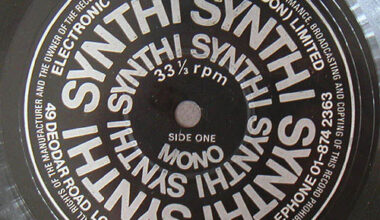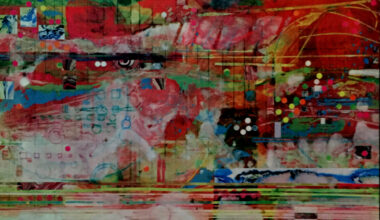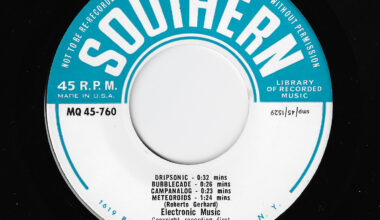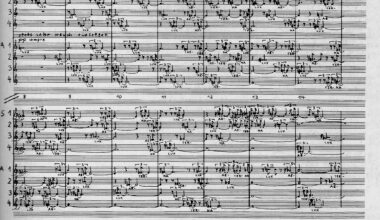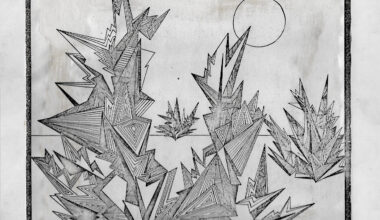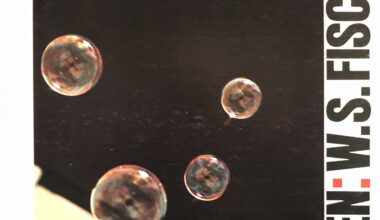Our resident archivist remembers Japanese maestro Tomita, who recently died at the age of 84, and celebrates the enduring magic of his ‘Snowflakes Are Dancing’ album

When Isao Tomita died earlier this year, I dug out his ’Snowflakes Are Dancing’ album. It was a really important record for me. I first heard it because my older brother had it. I remember him listening to this and ‘Tubular Bells’ and ‘War Of The Worlds’. I was only about 10 when it was released in 1974, so I didn’t become aware of it until a few years later. It opened up my ears to electronic music and I remember my brother having to explain to me what a synth was.
‘Snowflakes Are Dancing’ is the best sounding Moog classical record ever made. If you listen to the Wendy Carlos material, I don’t think it sounds as good, and a lot of that is down to the fact that the album is a reworking of pieces by Claude Debussy. As far as I’m concerned, Debussy was the start of modern music. Impressionism in music began with him. His music always sounded ahead of its time. So if you’re going to do a classical rendition using modern equipment, Tomita definitely chose the right person in Debussy.
Tomita is also intriguing because of the way he synthesised everything. And he did it very well. He was in his 40s when he made this record. He’d had his Moog modular system for a couple of years or so and it was the first one in Japan. He was a master of programming and he took great care in layering the instruments and in his choice of sounds. I think ‘Snowflakes Are Dancing’ influenced Tangerine Dream when they made ‘Rubycon’, which was their darkest record, and also their best in my opinion.
The actual equipment Tomita used was really interesting as well. He had a Moog modular, Mellotrons, and other classic synths. He had a Bode Frequency Shifter, which he uses a lot on this record. It’s sort of a glorified ring modulator on steroids. It was designed by Harald Bode, who had been at the forefront of synthesiser technology since the 1930s and was involved in designing one of the very earliest polyphonic synthesisers, the Warbo Formant Organ. He joined Moog in the 1970s and designed the Moog vocoder, but he made the Bode Frequency Shifter in 1964. If you send a signal through it and mess with the frequency dial, it pitches it down and up at the same time. A good example of this is the end of ‘Snowflakes Are Dancing’. I sampled that on my ‘99%’ album in 1990.
Tomita’s influence was central to electronic music in Japan, in the same way that the Cologne studio was key to the development of the genre in Germany and the RTF studio in Paris, where Jean Michel Jarre learned his trade, played a similar role in France. Incidentally, Tomita’s assistant in the early 1970s was Hideki Matsutake. Matsutake went on to work with Yellow Magic Orchestra and record his own material as Logic System. He’s the chair of the Japan Synthesiser Programmers Association now.
I was really sad when I heard that Tomita had died. He took electronic music beyond the small group of people who were interested in it in the early days and introduced it to millions of more casual listeners.
